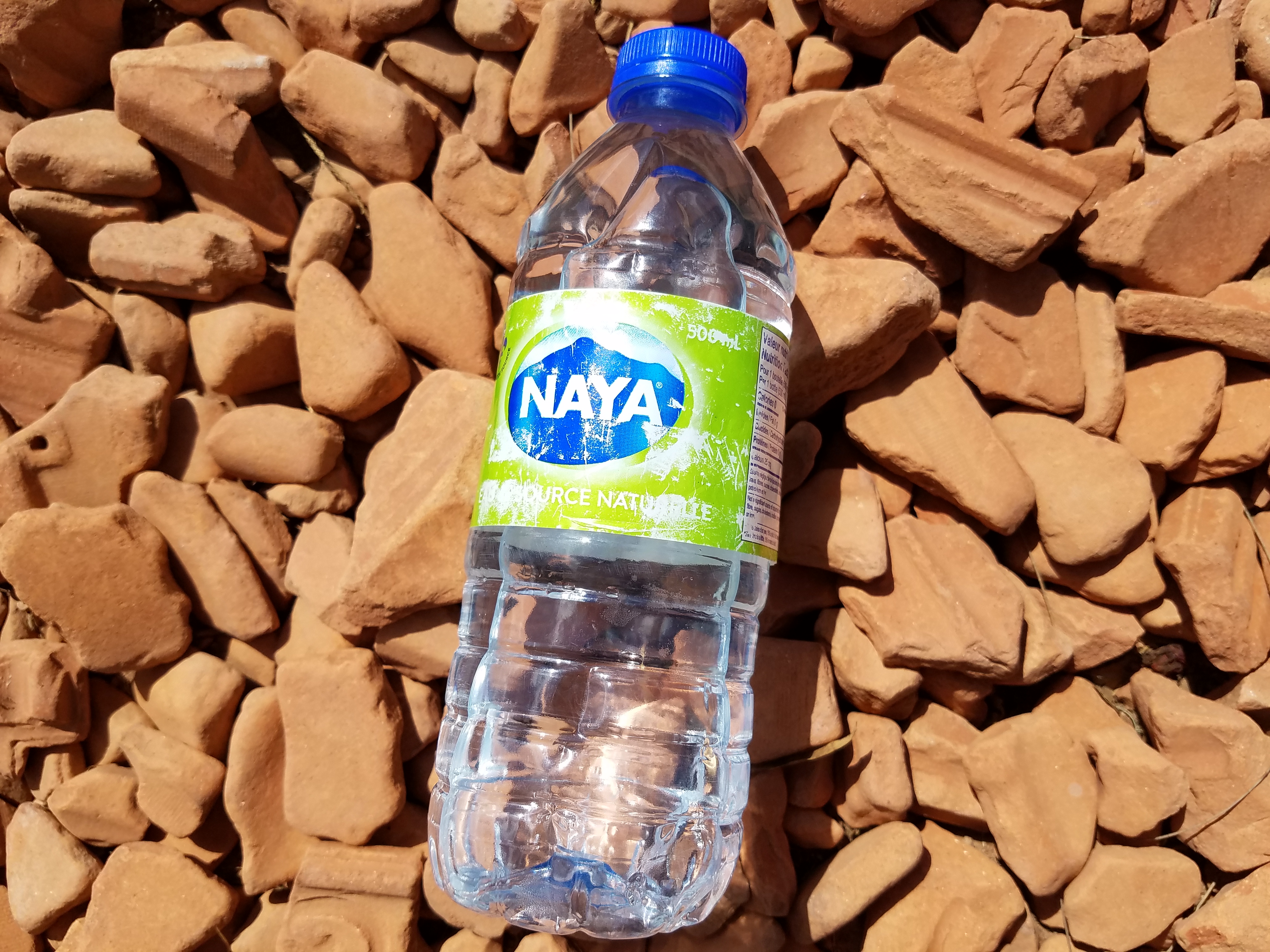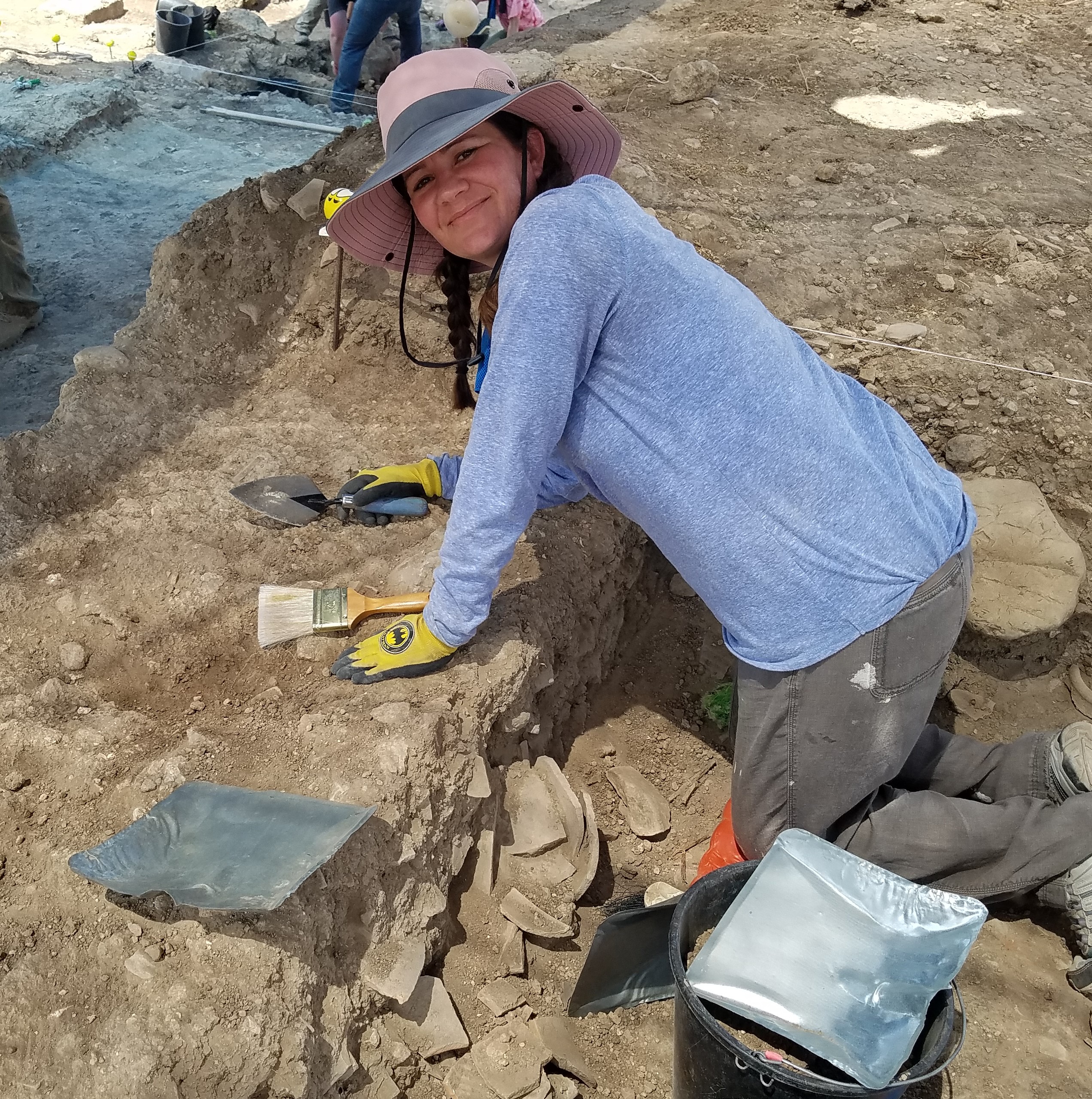Plastic: The New Pottery
Plastic: The New Pottery
It is said that today most people cannot go a day—nay, an hour—without touching or using plastic in some form. It is ubiquitous, cheap, and malleable. Our Tel breakfast is consistently filled with examples of plastic, such as the silverware, water bottles, and food containers we use. We also wash the found pottery using plastic buckets, sit on plastic stools, and place the washed pieces in plastic crates. Plastic has become central to our lives in so many ways. And so far, my only special find on the dig has been a piece of old plastic that was the result of bioturbation or the disturbance of the dirt layers by, in this case, a mole.
In a similar way, the aforementioned pottery was ever-present in the ancient world. Pottery was used for many purposes and came in many forms, such as jugs, amphoras, and pots, because it was also malleable and able to take many shapes. It was the plastic of its day.
The pervasive presence of pottery sherds or fragments on the Tel Akko dig speaks to this fact. Sherds are everywhere. Excavate for long and you will find them. The first day of the dig I was surprised to see sherds littering the ground around the exterior of the dig site and being used by us under our large water jugs to minimize the mud when we washed our hands. By the end of the first week I was nonchalantly chucking excavated sherds into buckets without a thought in my excavation square.
Both plastic and pottery are human-made materials formed through heat and pressure. Both are durable. Both are often decorated with designs and colors. Plastic is mainly made from polymers. The main types include nylon, styrofoam, and polyester. Pottery is mainly made from clay and the main types include earthenware, stoneware, and porcelain.
Many on the dig have remarked that if future humans excavated our refuse and remains—the evidence of our lives—they would probably find a lot of plastic sherds. And they would probably be excited the first day too, like I was. By the end of the first week they would probably be casually cataloging the cache of plastic sporks they found.

